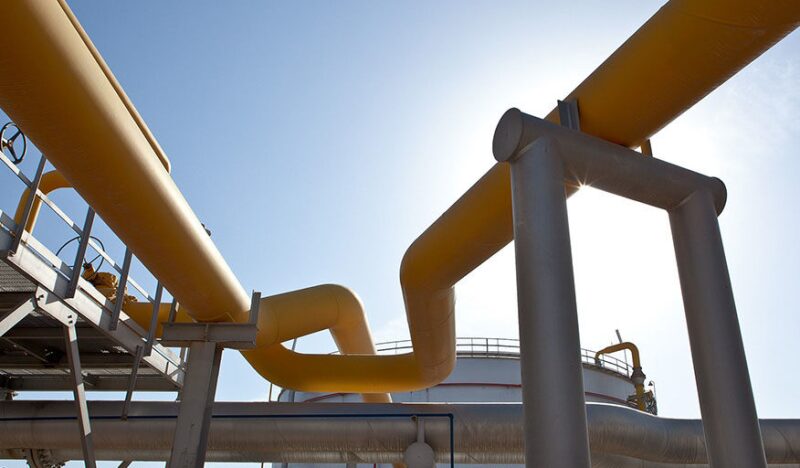After 4½ years out of service, the massive Wafra oil field is set to resume production sometime soon, and ensuring a smooth restart is no small order. Speaking at a technical session during the 2020 International Petroleum Technology Conference (IPTC), Ed Colina, an operations adviser at Chevron, outlined the approach the company took to assess its readiness for the task.
Located within the Saudi-Kuwaiti Onshore Partitioned Neutral Zone, Wafra is a joint venture of Saudi Arabian Chevron and Kuwait Gulf Oil Company (KGOC). The field was shut down in May 2015 as part of a dispute between the two nations, primarily regarding an extension of the original concession of the field that gave Chevron rights there until 2039; Kuwait claimed it had not been consulted about the deal. Saudi Arabia said at the time that the halt was due to environmental reasons.

The Saudi Ministry of Energy and KGOC announced on 24 December that an agreement had been reached with Kuwait to resume production from Wafra and other fields in the neutral zone, which can reportedly produce as much as 500,000 BOPD. Neither country gave a specific timeline for the restart at that time, but Chevron said in a statement that it expected full production to be restored within 12 months.
Colina’s presentation did not touch on the geopolitics of the area, but rather the operational readiness review (ORR) done to enable the restart of the asset’s production. An ORR includes an assessment of the quality and completeness of critical base business processes, as well as an assessment of organizational capability, ensuring that Saudi Arabian Chevron had the right people properly trained to do all the procedures needed to ensure a proper and reliable operational restart.
Saudi Arabian Chevron applied the ORR to the Wafra field operations and the terminal plants servicing the area. It involved people going out into the field and subjecting personnel to a thorough questioning process. After a couple of weeks, the business unit received findings from those interviews along with some recommendations on how to address potential gaps in the overall operational framework.
“You had facility engineering, drilling engineering, global upstream, base businesses and operations, working across divisional lines to ensure everything was set up for restart,” Colina said. “What about asset integrity? Were our facilities in a good state? How were we managing throughout these 4½ years? Do we have startup plans properly communicated? You have questions about the supply chain. Are our contracts in place to address operations and restart, and then immediately post-restart?”
Colina described the process as a systematic approach, primarily because it was not focused on an individual function or division, but rather the entire organization.
“We saw it from a holistic view as an integrated approach, not necessarily well by well, but as a whole. The communication has to be wide open. You can’t start up the field alone without communicating with the terminal, and vice versa. It’s different divisions talking to each other once we start up to ensure things go smoothly and reliably,” he said.
Once the area was assessed and the findings presented, the business unit developed what Colina called a “robust action plan” to address potential gaps. Findings that could change the outcome of the field’s startup mode by more than 20% of expected levels were given high priority. Colina did not specifically list all of those issues, but he referenced a main facility with an asset integrity problem as an example of something that would require immediate attention. Post-restart, he said there will be significant opportunities to improve base business approach.

